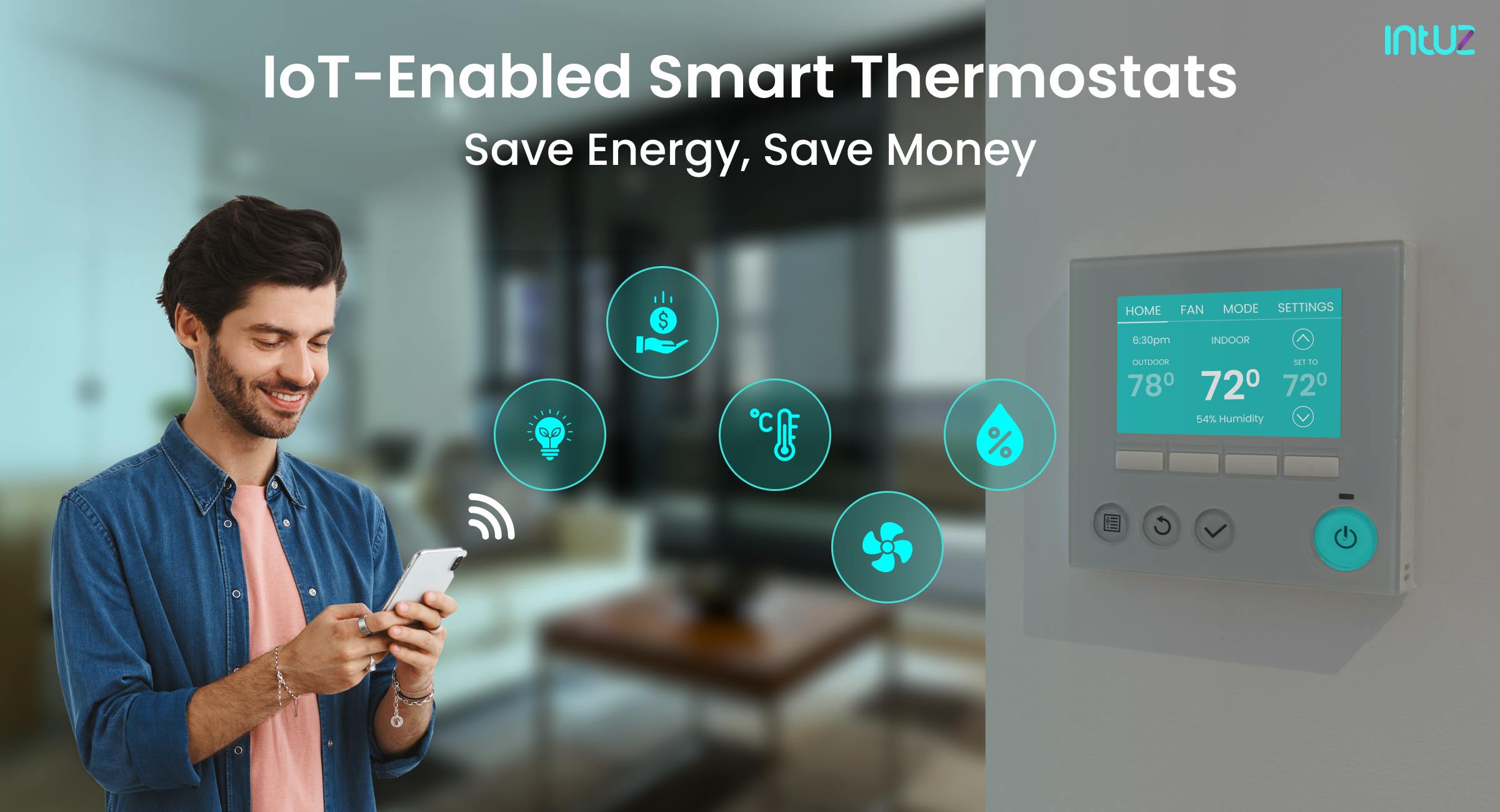
Transforming Home Comfort: The Impact of Smart Thermostats
In the era of smart homes, one of the game-changers in enhancing comfort and energy efficiency is the smart thermostat. These innovative devices go beyond traditional temperature control, offering a range of features that adapt to your lifestyle and contribute to significant energy savings. In this article, we’ll explore the key aspects and benefits of smart thermostats, shedding light on how they are transforming the way we manage home climate.
Intelligent Climate Management: Beyond Basic Temperature Control
Smart thermostats are not just about adjusting the temperature; they represent a shift towards intelligent climate management. Equipped with sensors and connectivity features, these devices can learn your habits, preferences, and the unique thermal characteristics of your home. This intelligence enables them to optimize heating and cooling, providing comfort while minimizing energy waste.
Remote Access and Control: Anytime, Anywhere Comfort
One of the standout features of smart thermostats is the ability to remotely access and control them. Whether you’re at work, on vacation, or simply in another room, you can adjust the temperature using a smartphone app. This flexibility ensures that you can always return to a comfortable home while also reducing energy consumption when the house is unoccupied.
Learning Algorithms: Personalized Comfort Settings
Smart thermostats employ learning algorithms that adapt to your lifestyle over time. They analyze your temperature preferences, daily routines, and even the time it takes to heat or cool specific areas of your home. As a result, the thermostat learns to create personalized schedules, ensuring that your home is at the desired temperature when you need it, without unnecessary energy expenditure.
Energy Efficiency Insights: Empowering Informed Choices
A significant advantage of smart thermostats is their ability to provide insights into your energy usage. Many models offer detailed reports and analytics, showing how your heating and cooling systems are performing. This information empowers homeowners to make informed choices, identify opportunities for energy savings, and adjust settings for optimal efficiency.
Geofencing Technology: Automatic Adjustment Based on Location
Geofencing technology is another innovative feature in smart thermostats. By using the location of your smartphone, the thermostat can detect when you are approaching home or leaving. This capability allows it to automatically adjust the temperature, ensuring that your home is comfortable upon arrival and saving energy when you’re away.
Integration with Smart Home Ecosystems: A Seamless Experience
Smart thermostats seamlessly integrate with other smart home devices, creating a unified and efficient ecosystem. They can communicate with smart lighting, security systems, and even voice-activated assistants. This integration enables a holistic approach to home automation, where different components work together to enhance overall comfort and energy efficiency.
Compatibility with Voice Commands: Hands-Free Convenience
The ability to control smart thermostats using voice commands adds an extra layer of convenience. Integration with voice-activated assistants like Amazon Alexa or Google Assistant allows you to adjust the temperature, set schedules, or receive energy reports without lifting a finger. This hands-free functionality aligns with the ease and convenience that smart home technologies aim to provide.
Smart Alerts and Maintenance Notifications: Proactive Management
Smart thermostats are equipped with features that go beyond temperature control—they can also provide alerts and maintenance notifications. Whether it’s time to replace air filters, schedule routine maintenance, or if there’s an issue with the HVAC system, the thermostat can proactively notify homeowners. This proactive approach helps prevent potential problems and ensures that your climate control system operates efficiently.
Environmental Impact: Reducing Carbon Footprint
By optimizing energy usage and reducing unnecessary heating or cooling, smart thermostats contribute to a smaller carbon footprint. The efficiency gains achieved through personalized schedules, learning algorithms, and remote access translate into less energy consumption, aligning with a more sustainable approach to home climate management.
Investing in Comfort and Efficiency
In conclusion, smart thermostats represent a transformative shift in how we manage home climate, offering a blend of convenience, intelligence, and energy efficiency. Whether it’s the ability to control your home’s temperature remotely, personalized comfort settings, or integration with other smart devices, these thermostats are a valuable investment in both home comfort and environmental responsibility.
For more information on Smart Thermostats, visit Joscorena.my.id.
